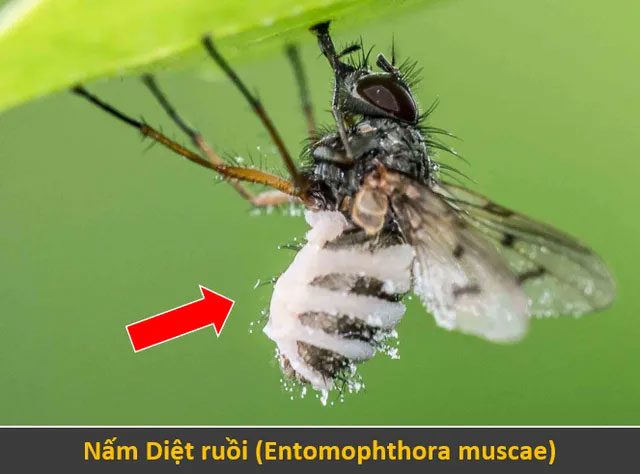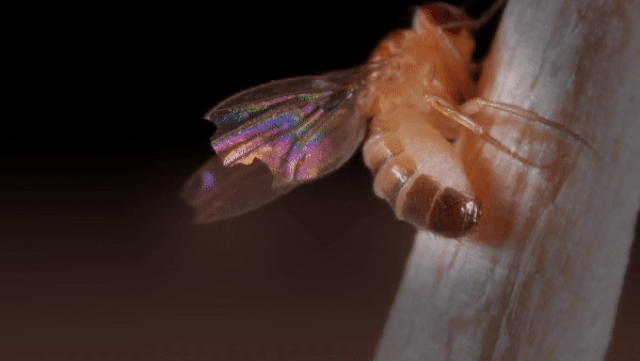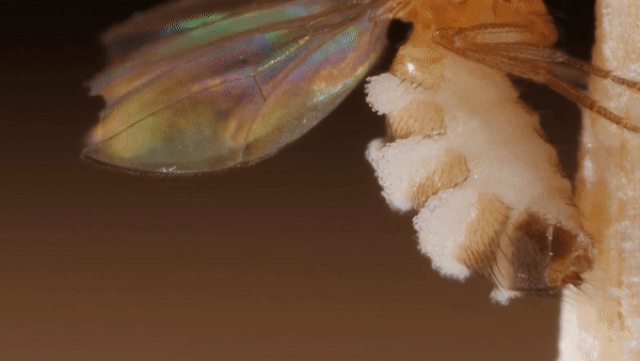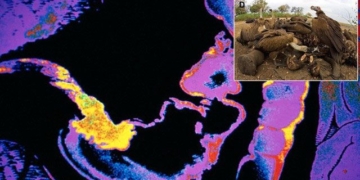Silently transforming its prey into a zombie, operating under its control while systematically devouring the target’s internal organs, and ultimately killing it for reproductive purposes. You should feel fortunate that the target of this terrifying organism is not humans.
If you’re a fan of science fiction films, you will likely agree with the perspective: One of the scariest monsters is the entity that can quietly develop inside and eventually take control of its victim’s body.
In fact, even on our own planet, there exists a creature just as frightening as those found in fictional works, with the ability to turn its target into a “zombie” and ultimately end its life to serve its reproductive purposes. The organism being referred to here is a type of fungus known as Entomophthora muscae, often referred to as the “Fly Killer Fungus.”

The entire process of the Fly Killer Fungus turning a healthy insect into a zombie and eventually killing it can be summarized as follows:
After the fungal spores penetrate the body, they quickly germinate within a few hours; next, the hyphae will pierce through the insect’s outer cuticle. Once it reaches the circulatory system, the fungal cells are pumped into the haemolymph, similar to blood flowing in the circulatory system of arthropods. The fungal network will develop in the area of the fly’s brain that controls flight activity. Once control is established, the fly becomes akin to a zombie, performing all actions to serve the being within.

At the moment the fly is completely exhausted and about to die, the Fly Killer Fungus will control it to crawl to a high point, for the fungus’s reproductive purposes.
Interestingly, the Fly Killer Fungus forces its victim not to fly but to crawl. During this process, the fungus continues to develop mycelium spreading throughout the body and gradually begins to digest the fly’s internal organs, which will ultimately kill the creature within 5-7 days.

When reaching the peak, the victim will perform a series of strange actions such as: stretching its hind legs; spreading its wings. Meanwhile, the organs containing fungal spores will begin to protrude from the fly’s abdomen.
When the fly is completely exhausted and about to die, the Fly Killer Fungus will control it to crawl to a high point. Upon reaching the apex, the victim will exhibit a series of bizarre behaviors, such as: stretching its hind legs; spreading its wings; opening its mouth and secreting a sticky substance that glues the insect to the spot it is standing. These actions are thought to help ensure the fungal spores are dispersed as widely as possible.

Fungal spores are released from the fly’s abdomen at high speed, waiting for the next victim.
The fly ultimately dies in this position. Shortly thereafter, the white spores of the fungus begin to disperse from the abdomen at a rapid speed, continuing to target other unfortunate flies.


















































